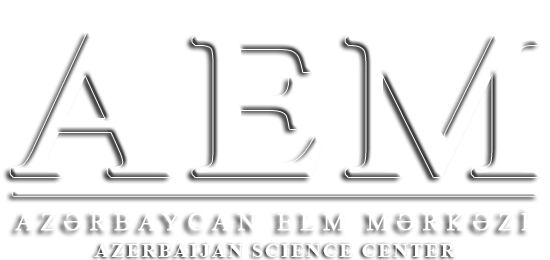DOI: https://doi.org/10.36719/2663-4619/100/125-132
Gülnarə Əsədullayeva
Azərbaycan İlahiyyat İnstitutu
magistrant
gulnara.asadullayeva@gmail.com
https://orcid.org/0000-0002-6002-6814
YENİ ƏHDİ EHTİVA EDƏN İNCİLLƏRİN YAZILMASININ
MÜQAYİSƏLİ TƏHLİLİ
Xülasə
Məqalədə Yeni Əhdə daxil olan kitablar, onların əhatə etdiyi mövzular və İncillər arasında olan fərqlər araşdırılıb. İncillərin yazılma tarixi və müasir zəmanəmizə necə çatması maraq doğuran məsələlərdəndir. Əlbəttə ki, dörd sinoptik qəbul edilən Matta, Mark, Luka ,Yəhya İncillərinin fərqli şəkildə yazılmağına baxmayaraq, onlar bir rəsmin parçaları kimi bir-birini tamamlayır və İsa peyğəmbərin həyatını, onun nəyi təbliğ etdiyini özündə əks etdirir.
Araşdırmalara görə ən qədim İncilin Mark İncili olduğu qeyd edilmişdir, sonra Matta İncili, üçüncü olan Luka İncili isə ilk iki incilə əsaslanır. Ancaq hər üç incilin Arami dilində günümüzə gəlib çatmayan bir İncilə əsaslandığı qəbul edilir. Bu səbəbdən sinoptik incillərin bir-birinə bənzəmələrinin tək səbəbi istifadə etdikləri müştərək qaynaqlardır. İsa peyğəmbərdən sonra onun tələbələri Matta, Mark, Luka və Yəhya onun yolunu davam edərək xristianlığı təbliğ etmiş və sinoptik qəbul edilən incilləri yazıya almışlar. Bu zamana qədər onların təbliğatı şifahi şəkildə idi.
Barnaba İncili kilsənin səhih saymadığı incildir və Yeni Əhdə daxil edilməyib. Bu İncil Allahın birliyini, İsanın İlah deyil Allahın qulu və rəsulu olduğunu bildirir. Bu İncildə olan məlumatlarla Qurani-Kərimdəki məlumatlarda uyğunluqlar vardır.
Səhih sayılmayan Apokrif mətnlər Yeni Əhdə daxil deyil. Ehtimal olunur ki, bu mətnlər II-III əsrdən sonra yazılıb. Kanonik hesab edilməsə də, ilk Xristian həyat və düşüncəsini əks etdirdiyinə görə Xristianlar üçün önəmli İncillər hesab olunurlar.
Açar sözlər: İncil, tarix, sinoptik incillər, apokrif, barnaba, xristianlıq
Gulnara Asadullayeva
Azerbaijan Institute of Theology
master student
gulnara.asadullayeva@gmail.com
https://orcid.org/0000-0002-6002-6814
Comparative analysis of the Bible containing the new testament
Abstract
The article examines the differences between the Bibles included in the New Testament and the topics they cover. The history of the writing of the Bible and how they came to this day is one of the questions of interest. Of course, although the Bible of Matthew, Mark, Luke and John, taken to be the four weather forecasters, are written differently, they complement each other like pieces of a picture and reflect the life of the prophet Jesus and what he preached.
According to research, the oldest Bible is Mark, followed by Matthew, and the third is Luke, based on the first two Bibles. However, all three Bibles are believed to be based on one Aramaic Bible, which has not survived to this day. Therefore, the only reason the Synoptic Bibles’ similarity is the common sources they use. After Jesus, his disciples Matthew, Mark, Luke and John followed in his footsteps and preached Christianity and wrote synoptic bibles. Until this time, their propaganda was by word of mouth.
The Bible from Barnabas is not considered an authentic church and is not included in the New Testament. This Bible proclaims the unity of God, that Jesus is not God, he is a servant and messenger of God. There are correspondences between the information in this Bible and the information in the Holy Koran.
Apocryphal texts, which are not considered authentic, are not included in the New Testament. It is believed that these texts were written after the II-III century. Although they are not considered canonical, they are considered important Bibles for Christians, as they reflect early Christian life and thought.
Keywords: bible, history, synoptic bibles, apocrypha, barnabas, christianity

